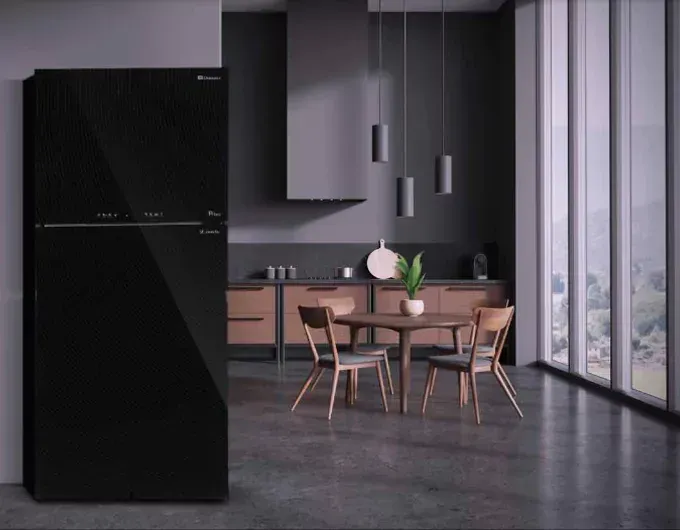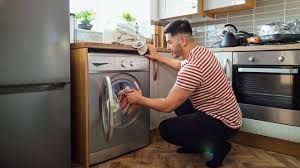Most Asked Questions About Viking Refrigerator Repairs: Expert Answers
Q: How do I reset my Viking refrigerator after a power outage?
A: To reset your Viking refrigerator after a power outage, locate the power button inside the unit near the control panel. Press and hold the power button for a few seconds to turn off the refrigerator. If your model lacks a power button, unplug the refrigerator. Wait for 5-10 minutes, then press the power button again or plug the refrigerator back in. Check the digital display and control panel to ensure settings are back to default and adjust temperatures if necessary.
Q: Why is my Viking refrigerator not cooling properly?
A: If your Viking refrigerator is not cooling properly, several factors could be at play. Check if the door is closing properly and the seals are intact. Clean the condenser coils to remove dust and debris that may be affecting efficiency. Ensure that the air vents inside the refrigerator are not blocked. If the problem persists, it may indicate a malfunctioning thermostat or a more complex issue that requires professional repair.
Q: How do I fix a Viking refrigerator that’s making unusual noises?
A: Unusual noises from your Viking refrigerator could be due to various reasons. First, check if the refrigerator is level and stable on the floor. Noises can also come from the compressor, evaporator fan, or condenser fan. Clean the condenser coils to ensure they are not clogged. If the noise persists, it might be due to a faulty fan motor or compressor, which may require professional inspection and repair.
Q: What should I do if my Viking refrigerator is displaying error codes?
A: Error codes on a Viking refrigerator indicate specific issues that need addressing. Refer to your user manual to decode the specific error message. Common codes like E1 or E2 point to sensor problems that may be resolved by resetting the refrigerator. If resetting doesn't clear the error, or if you see different codes, contact Viking customer support or a certified repair technician for further diagnosis and assistance.
Q: How often should I replace the water filter in my Viking refrigerator?
A: It is recommended to replace the water filter in your Viking refrigerator every six months to ensure optimal performance of the water dispenser and ice maker. Regular replacement helps maintain water quality and prevents clogging, which can lead to reduced water flow and potential damage to the appliance.
Q: What are common causes of water leakage from a Viking refrigerator?
A: Water leakage from a Viking refrigerator can be caused by a clogged or frozen defrost drain, a damaged water supply line, or an improperly installed water filter. Check the defrost drain for blockages and clear any debris. Inspect the water supply line for kinks or damage. Ensure the water filter is correctly installed and replace it if necessary. If the issue persists, professional repair may be required.
Q: How do I clean the condenser coils on my Viking refrigerator?
A: To clean the condenser coils on your Viking refrigerator, first, unplug the appliance for safety. Locate the coils, typically at the back or underneath the refrigerator. Use a vacuum cleaner with a brush attachment to remove dust and debris from the coils. For stubborn dirt, use a coil cleaning brush. Cleaning the coils at least twice a year helps maintain efficiency and prolongs the lifespan of your refrigerator.
Q: Why is my Viking refrigerator's ice maker not producing ice?
A: If the ice maker in your Viking refrigerator is not producing ice, ensure that the ice maker is turned on and the water supply is connected. Check for any kinks or blockages in the water supply line. Inspect the ice maker components for any ice jams or mechanical issues. Cleaning the ice maker and resetting the refrigerator can often resolve the problem. If ice production does not resume, professional repair may be needed.
Q: How can I improve the energy efficiency of my Viking refrigerator?
A: To improve the energy efficiency of your Viking refrigerator, ensure that the door seals are clean and undamaged to prevent air leaks. Keep the refrigerator and freezer compartments organized to allow proper air circulation. Regularly clean the condenser coils and set the temperature to the recommended levels (37°F for the refrigerator and 0°F for the freezer). Avoid placing hot food directly into the refrigerator and minimize the frequency of door openings.
Q: When should I call a professional for Viking refrigerator repairs?
A: You should call a professional for Viking refrigerator repairs if you encounter persistent issues that basic troubleshooting and resetting cannot resolve. Problems such as continuous temperature fluctuations, frequent error codes, unusual noises that do not go away, or any signs of electrical issues warrant professional attention. Certified repair technicians have the expertise and tools to diagnose and fix complex problems, ensuring the longevity and optimal performance of your refrigerator.
You might also like
Educational Center
Book a Service Today
We will get back to you as soon as possible
Please try again later
Quick & Reliable
We are available 24/7
About Us
Authorized Appliance is an appliance repair contractor referral service. We connect you with appliance contractor in your area. All contractors are operated independently of Authorized Appliance. It is the responsibility of each user to verify that the contractor connected with meets all licensing and insurance requirements in that jurisdiction.
All Rights Reserved - Authorized Appliance




